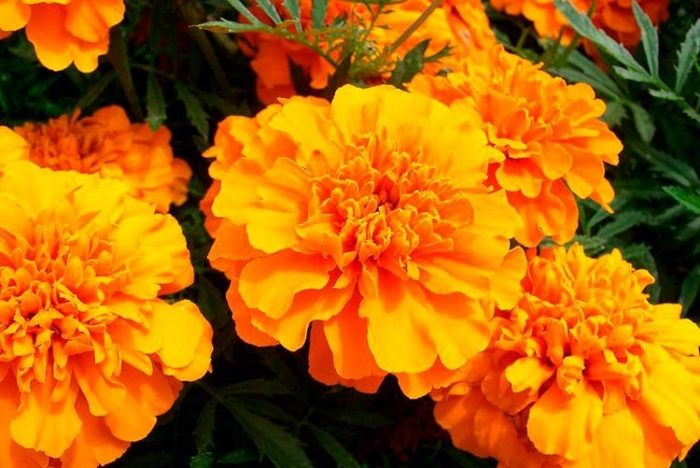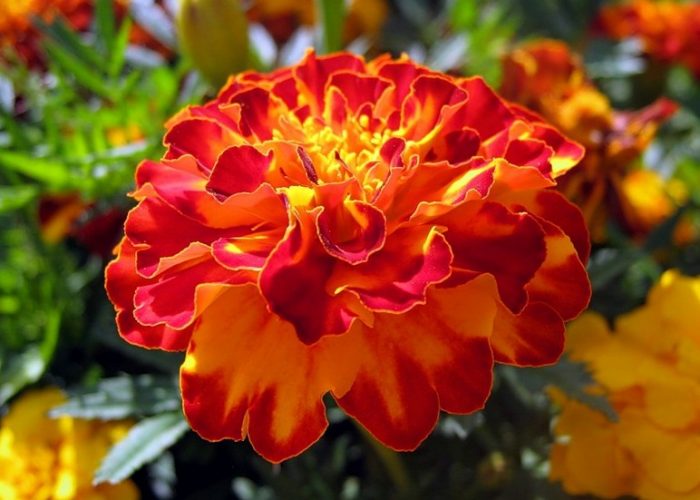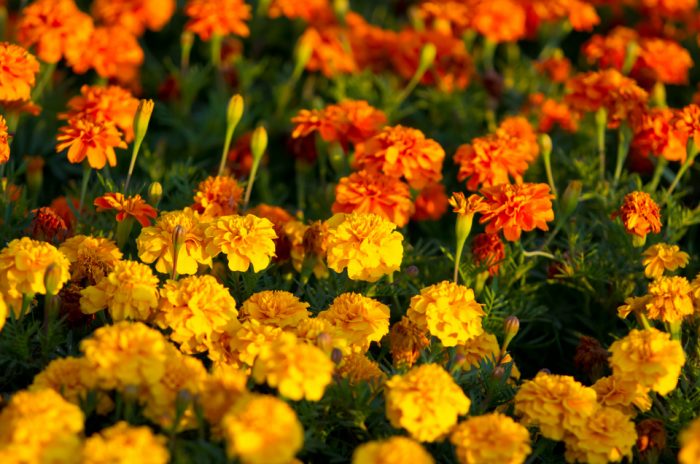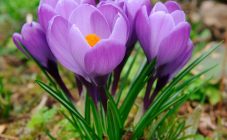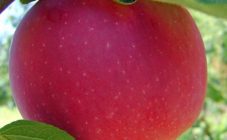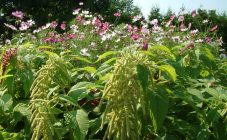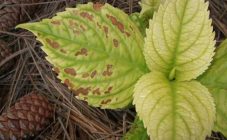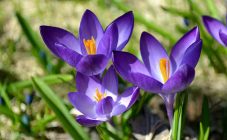The concept of “Imeretian saffron and what it is” evokes culinary associations of a wide range and range of flavorings and spices. The plant is an annual or perennial flower culture from the Aster family, or Asteraceae.
Translated into Latin, the flower is called Tagetes, which means marigolds. Such a beautiful name is associated with the historical myth of an ancient Greek deity named Jupiter, who had a beloved grandson Tages of extraordinary beauty and who knew how to predict future events.
Imeretian (Georgian) saffron
In ancient India, marigolds were prescribed magical powers and believed that the place where the flower grew indicates the presence of gold in the earth. The plant is found in the wild on the American continent, from there, during the Columbian era, the flower was introduced by the Spanish conquistadors. Already in those distant times, the herb and flowers of marigolds were used as a flavoring seasoning and for the preparation of an aromatic medicinal drink.
Georgian saffron is obtained by grinding dried flower baskets cut during the ripening period of the plant. After further processing, an aromatic spice of honey-bitter taste with a spicy floral aroma is obtained, in which there are light fruity notes.
Real Imeretian saffron is grown in western Georgia, in the valleys of the Imeretian region. The plant, with its floral aroma and coloring properties, is similar to real crocus saffron, one gram of which costs a fabulous sum, with unique medicinal properties. However, in fact, these are completely different plants. This similarity often misleads buyers, since this plant is called saffron exclusively with the phrase "Imeretian", which means the area of Georgia where this wonderful spice is grown on an industrial scale.
Plant characteristic
The name "marigolds" unites about 70 varieties of similar flower crops. Botanical description of the plant:
- A plant with an erect, branched stem.
- The rhizome is horizontal, slightly knobby.
- The height of the bush can be from 20 to 120 cm.
- The dissected green leaves resemble individual carved feathers. The length of the leaves ranges from 6.5 to 11.2 cm, the width is 3.3-5.6 cm.
- Inflorescences are baskets of yellow-brown shades. The diameter of the flower depends on the type of plant and ranges from 6.0 to 24.1 cm.
- Flowering begins in mid-July and lasts until the end of the summer season.
- The fruit is a small achene of a linear shape, 6 to 7 mm long, dark brown in color, with a small film tuft.
The plant is thermophilic and does not tolerate low temperatures. The color intensity of Georgian saffron depends on the amount of the anthocyanin substance contained in the flowers of the plant. With an increase in its amount, taste and aromatic qualities change. If the outside temperature drops, the number of anthocyanins increases, the flowers darken, and their aroma becomes more intense.
Cultivation, storage and use
To harvest a good harvest of Imeretian saffron, it is necessary to create suitable conditions for its successful cultivation:
- Placing crops in open, sunny places with good ventilation.Areas with little shade are also suitable for growing.
- Loose fertile soils.
- Moderate watering of plants. Excessive moisture negatively affects the concentration of beneficial ephemeral oils, significantly reducing their amount.
- At a temperature of +25 degrees, the seeds grow on the fourth day after sowing.
At first, seedlings grow very slowly, only after three to four weeks, the phase of their active growth begins. To create the famous seasoning called "Imeretian saffron", only the flower petals of the plant are used. At home, dried flowers are placed outdoors under a canopy or in a well-ventilated area.
The prepared raw materials are ground in a mortar or crushed by a manual, electric mill. It is recommended to alternate the grinding process with intermediate drying, as a result of such processing, finely ground powder can be obtained. At the final stage, it is necessary to sift the resulting seasoning through a fine sieve.
It is best to store finished raw materials in a closed glass jar, away from bright sunlight, or in small cotton bags. In rural areas, the harvested marigolds are stored in bunches suspended from a veranda or in some other dry room and used as needed.
How useful is saffron grown in Georgia, and what are its beneficial properties - all this information will be understandable after getting acquainted with the unique natural composition of this amazing plant. All parts of the plant contain large quantities of essential oils, vitamins of group C and P, as well as biologically active substances in the form of phosphorus, sodium, magnesium, calcium, potassium, iron, selenium, zinc and manganese.
The powder is used as a seasoning in cooking, the essential oils of the plant are used to flavor alcoholic beverages or for medicinal purposes.
Because of its medicinal properties, Georgian saffron has found application for the treatment and prevention of many diseases. Decoctions and infusions of this plant can be used to strengthen the immune system, regulate the work of the gastrointestinal tract, to improve the functioning of the liver and bile ducts.
The area of use of dried powder from Imeretian marigolds is so vast and multifaceted that it is difficult to list all its directions in a few words. It is used to treat many diseases:
- For insect bite compresses.
- With colds of the respiratory system.
- To improve vision.
- As a treatment for skin diseases.
- Decoctions and infusions are used to improve the liver, therefore, to rejuvenate the body.
- Ensuring normal digestion.
- For the treatment of ear diseases.
The use of marigolds is not limited only to medicine and the prevention of various diseases. They are used in cosmetology as a natural antiseptic composition and to soften the skin.
Most of all, Georgian saffron is known as a wonderful spice that improves digestion, therefore it is widely used in cooking for pickling and pickling vegetables. If you add dried leaves and flowers to a pickled marinade, then the vegetables are aromatic and retain their elasticity.
Imeretian saffron, due to its specific moderately-pungent aroma, is considered a valuable spice additive with a wide range of applications. Delicate and piquant notes of dried marigolds can change the taste and aroma of familiar products and make real masterpieces from the simplest culinary dishes.
